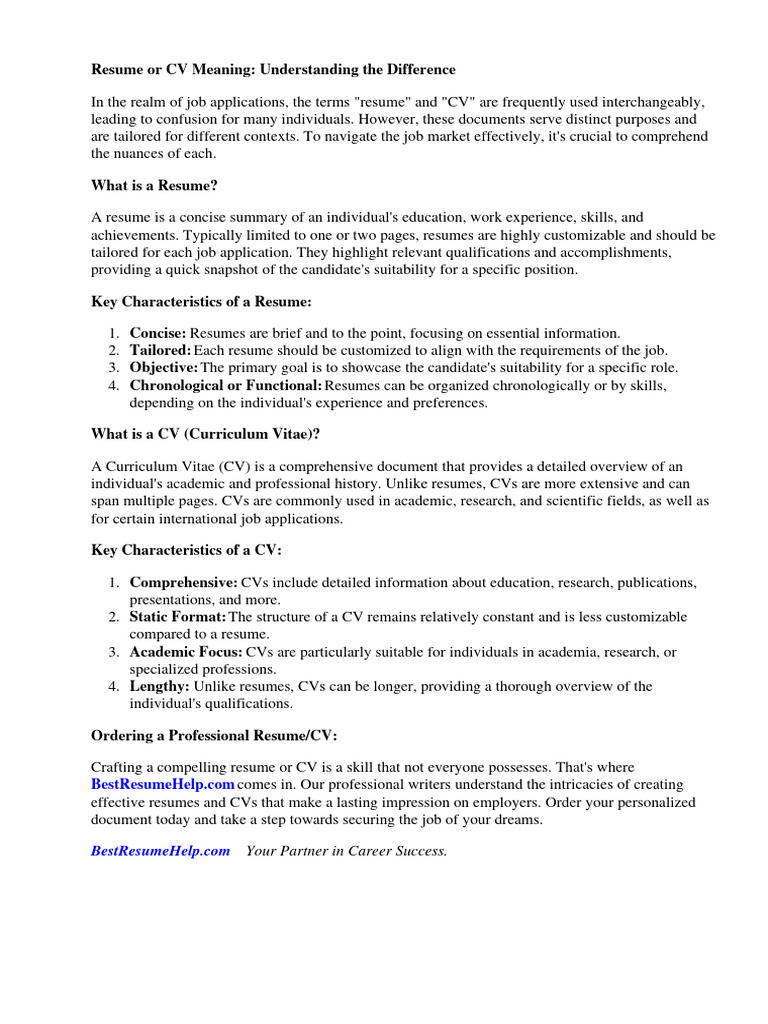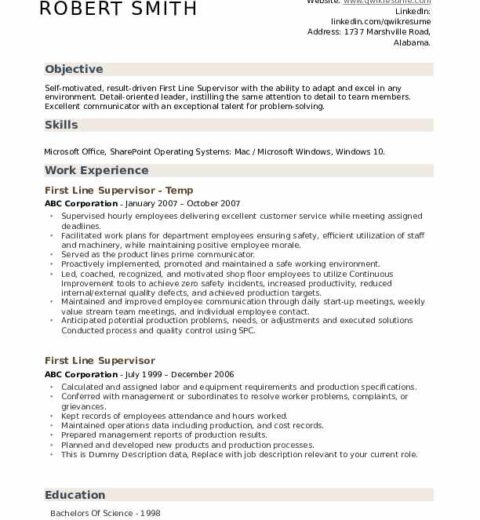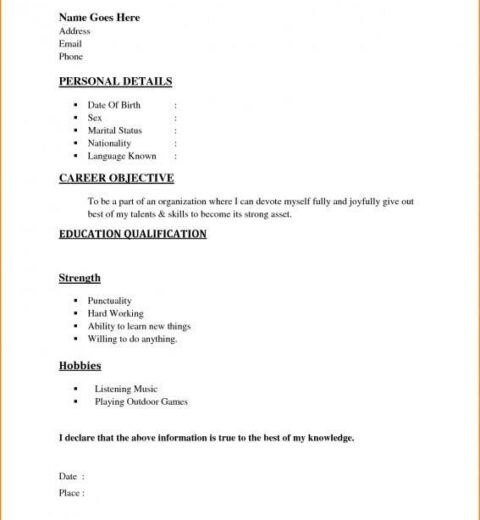In the arena of professional networking and job applications, the abbreviation “CV” often casts a long shadow. Standing for “Curriculum Vitae,” CV serves as a compass for navigators in the vast ocean of career trajectories. Although commonly used interchangeably with the term “resume,” understanding the distinct nuances between these two documents is crucial for job seekers and recruiters alike.
The term “Curriculum Vitae” translates to “course of life” in Latin. This phrase captures the essence of what a CV represents: a comprehensive overview of a person’s educational history, professional experience, skills, and accomplishments. While resumes are succinct snapshots often tailored for specific roles, CVs paint a more expansive portrait, offering a holistic view of an individual’s career journey.
The primary allure of a CV lies in its breadth. Unlike its more condensed counterpart, which usually caps out at one or two pages, a CV can extend beyond several pages. It encompasses not merely employment history but also academic credentials, publications, presentations, honors, and even conferences attended. This extensive format allows candidates to present their entire academic and professional saga, much like an epic novel compared to a short story.
Employers in academia and research-oriented fields gauge candidates through their CVs. In these environments, their desire is to discern the depth of knowledge and the breadth of inquiry a candidate has traversed. For instance, a CV detailing a candidate’s teaching experiences, research endeavors, and publications can serve as a testament to their passion for their field, much like an explorer’s map that reveals previously charted territories.
A vital component of any CV is the educational history section. This segment outlines degrees obtained, institutions attended, and honors received. For those who have pursued advanced degrees, listing theses and dissertations can further illuminate areas of specialization. This aspect often reflects not just academic accolades but also personal perseverance and dedication, contrasting sharply with a resume’s limited educational scope.
Professional experience serves as the backbone of a CV. Candidates delineate previous roles, responsibilities, and achievements, allowing potential employers to grasp the depth of their experiences. This section could reveal incremental progress, akin to the rings of a tree that illustrate its growth over the years. Moreover, the way accomplishments are articulated—using quantitative metrics or impactful narratives—can significantly elevate a candidate’s profile.
It is not uncommon for a CV to include sections on certifications and professional affiliations. These elements further enrich a candidate’s narrative by demonstrating their commitment to continuous professional development and networking within their industry. Such affiliations can act like lanterns that illuminate connections, reflecting the individual’s engagement and recognition in their field.
Publications and research presentations are another critical facet of a CV, especially for those seeking roles in academia or research. Listing authored papers and contributions to journals showcases intellectual rigor and a commitment to advancing knowledge. Much like a collection of treasured artifacts in a museum, these publications allow candidates to curate their intellectual contributions for potential employers, inviting them into a world of inquiry and discovery.
The structure of a CV can be tailored to reflect the individual’s preferences or the industry’s standards. Common sections include:
- Contact Information
- Professional Summary or Objective
- Education
- Professional Experience
- Skills
- Certifications
- Publications and Presentations
- Professional Affiliations
- Volunteer Experience
Each of these sections plays a pivotal role in the comprehensive narrative of the CV. Attention to detail, clarity, and coherence are of paramount importance in presenting this information. An impeccable CV illustrates not only the applicant’s qualifications but also their capacity for self-advocacy.
While a CV serves as a powerful tool for job seekers, it is essential to acknowledge the evolving landscape of recruitment practices. In some industries and regions, the preference for a resume has grown, encapsulating the trend toward brevity and specificity. Nonetheless, possessing a meticulously crafted CV remains invaluable for those aiming to make an indelible mark in fields that value extensive academic and professional achievements.
In conclusion, understanding what CV stands for in the context of a resume is more than a mere semantic exercise. “Curriculum Vitae” represents a rich tapestry of one’s academic and professional life—a detailed account beckoning to be explored. As such, the creation of a CV should be undertaken with care, an endeavor akin to crafting a masterful composition. In the end, whether you wield a CV or a resume, the goal remains the same: to convey the unique story of your career and aspirations, inviting opportunities for growth and fulfillment.




